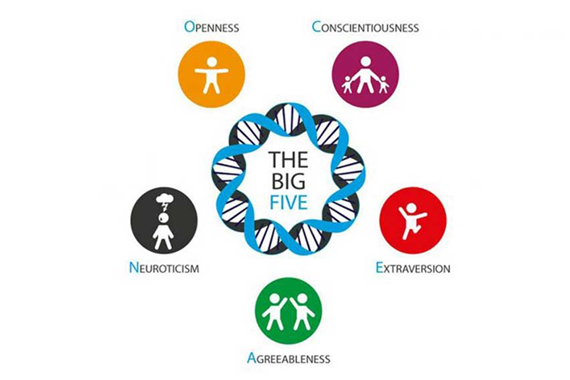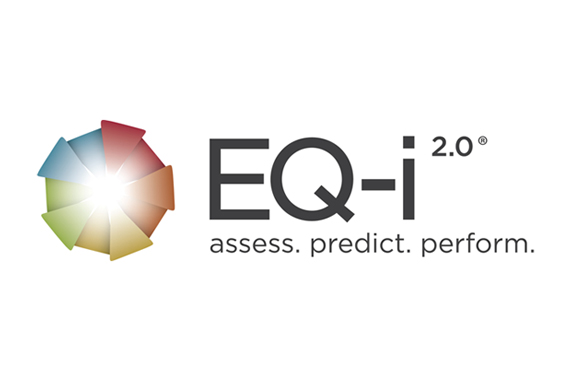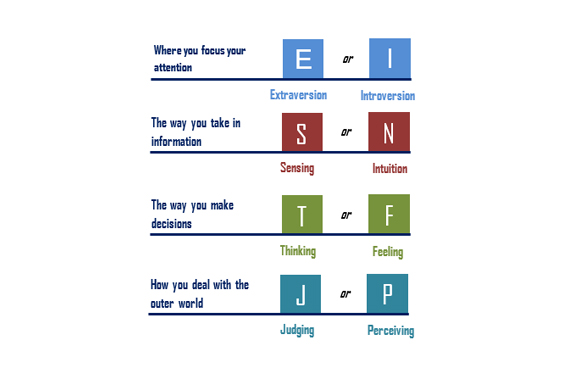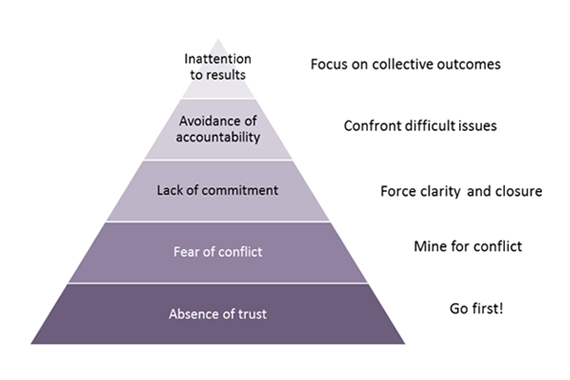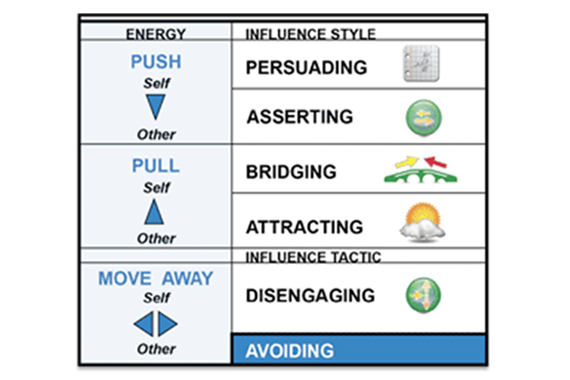The big five personality traits are one of the most widely used, and one of the best model of personality. The big five comes from the statistical study of responses to personality items. Employing a technique called factor analysis researchers found unlimited personality variables, five stand out from the pack in terms of explaining a lot of a persons answers to questions about their personality:
- Neuroticism,
- Extraversion,
- Openness to experience,
- Agreeableness,
- Conscientiousness.


